Klamath River dam removal may result in salmon and steelhead trout populations rebounding
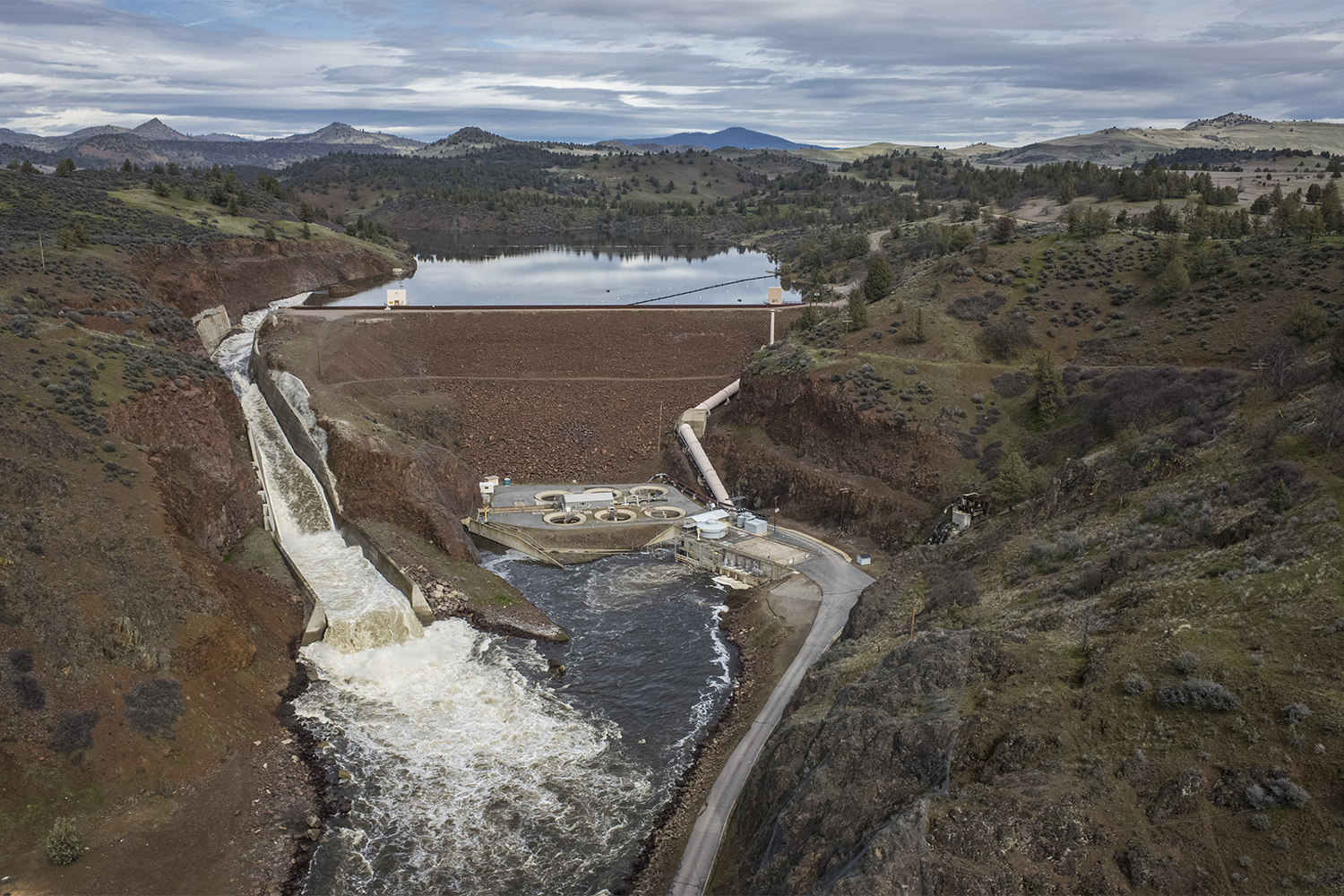
In January, the Klamath River will see seismic change. That’s when three dams on this Oregon and California waterway will be blasted and allow the river – and hopefully salmon and steelhead trout, which have been blocked by dams from reaching more than 400 miles of habitat – to run free again.
The Klamath River dam removal project, which involves four dams in total, is the largest dam removal project the country’s history. It’s not the only one. Smaller dams and culverts are coming down across the country, with fish restoration in mind.
“This battle has been going on for 400 years,” said Eric Hutchins, fisheries biologist at the NOAA Restoration Center, of fish versus dams. And finally, the fish have an edge. But how can the removal of a dam benefit fish populations?
Dams have been damming up fish populations for centuries
Dams were a key piece of American infrastructure that helped power a growing nation. Sometimes dams, like those on the Klamath River, were built to create hydropower, but most were small dams built to power mills, some dating as far back as before the Revolutionary War.
Fish populations – and river health – paid a steep price, as those same dams blocked the natural migration of anadromous and catadromous to and from living to spawning habitats.
“When we dam a river for hydropower, we are really stealing a river from its native ecosystem,” said Ann Willis, Ph.D., California director of American Rivers.
The impact to fish populations as the result of dams was immediate. While researching dams they want to remove in New Jersey, the Watershed Institute found the diary of Johann David Schoepff, a German botanist, zoologist and physician. He travelled to New York in 1777 as the chief surgeon for the Ansbach regiment of Hessian troops fighting for King George III of the United Kingdom. He wrote: “These waters contain a multitude of fish, pike, gold-fish and suckers. Formerly shad also, in numerous schools, came high up this river; but dams, of which many have been built in recent years, keep back the shad and contribute appreciably to the provisioning of the inhabitants along the banks.”
“In the 1700s, people were talking about the loss of our once enormous shad population because of dams,” said Jim Waltman, executive director at the Watershed Institute. Even after mills closed, dams remained. Removing them now “is an opportunity to restore something that’s essentially been going on for hundreds of years,” he added.
Dam removals have already shown success in bringing fish populations back up. As part of New Jersey’s Statewide Dam Removal Partnership, the Weston Mill on the Millstone River came down in August of 2017. By September 2018, “there was already evidence of ‘Young of the Year’ shad. It was the first-year baby shad the Millstone River had seen for the first time in modern history,” Waltman said. “Now we’ve been finding the adult shad as recently as May, butting their heads up against the next dam.”
In 2009, NOAA Fisheries and the U.S. Fish and Wildlife Service listed Atlantic Salmon in the Gulf of Maine District as endangered. As part of restoration efforts, 17 dams have been removed on the Penobscot watershed. In 2023, the Maine Department of Resources reported a count of 1,520 Atlantic salmon there, the highest number in more than a decade.
River herring populations have also soared. “In 20 years, we’ve gone from a population of essentially zero river herring upstream of the old Veazie Dam to more than 6 million migrating through the restored section of river on their migration to lakes and ponds where they spawn,” John Burrows, Executive Director of U.S. Operations for the Atlantic Salmon Federation, told NOAA Fisheries.
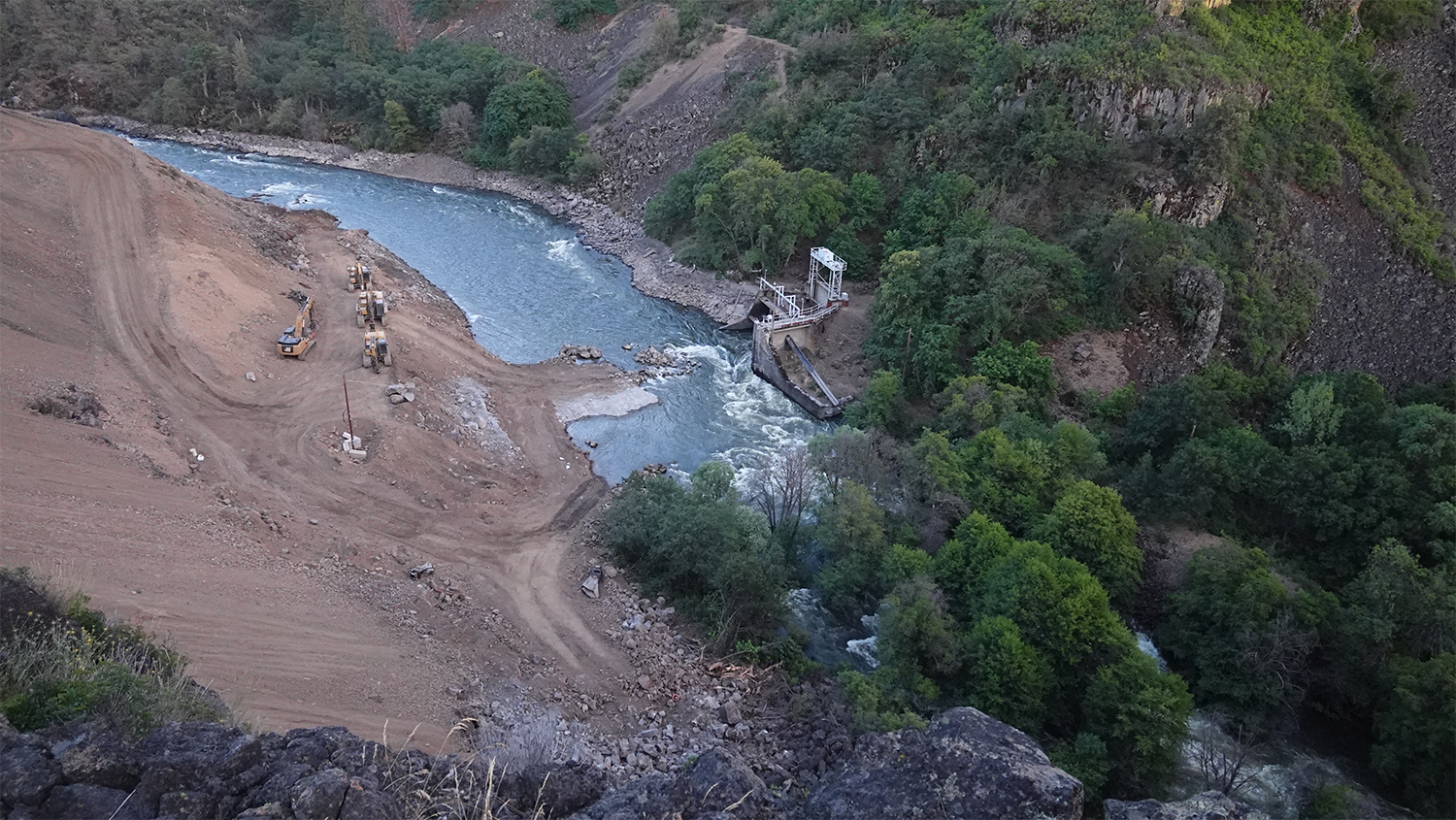
The funding/financial feasibility match is happening now
New Jersey’s dam removal projects are funded by Natural Resource Damages, which are fines paid by companies that are caught polluting, to fund projects to make up for their bad acts.
For dam removal projects in other parts of the country, pushing them forward have been a mix of “carrots and sticks,” said Hutchins.
When mills shut down, municipalities often took them over, including their dams. “Now we have hundreds, probably thousands, of municipality- or state-owned dams with towns left holding the bag,” he said, with municipalities are responsible for inspections, maintenance and for insurance on them.
“Municipal governments got stuck with infrastructure that landed on them for altruistic reasons,” Hutchins added. When a group like NOAA wants to do a feasibility study to see the cost of maintaining the dam versus taking it down, municipalities have been more open to undergoing the study, and then having the dam removed.
That’s especially when funding from state, federal and non-profit agencies can be applied to the project. Add in funding from the U.S. Department of Transportation to remove culverts, and an infusion of funds for habitat restoration under the Bipartisan Infrastructure Law and Inflation Reduction Act, and even if a municipality isn’t prioritizing fish population restoration, saving money down the line wins out.
As Yukon Chinook salmon populations decline, researchers turn to technology for answers
Unsticking the Klamath River
Money played a factor in taking down four dams on the Klamath River, too. They were built to create hydropower, but as other types of sustainable energy have come online, hydropower has become more expensive to produce in comparison.
Pacificorp, which owns the dams, derives a very small percentage of power in their total portfolio from hydropower but would be spending enormous funds to keep infrastructure to keep it going. In 2008, the Public Utilities Commissions in Oregon and California found that bringing the dams up to modern standards would cost more than $500 million.
Willis has high hopes for what will happen when the dams are taken down. Since the Copco 1 dam went up in 1918, salmon populations plummeted, eliminating species altogether and bringing other salmon populations to 5 percent of their historic values. The dams have also degraded water quality and led to algal blooms.
Removing these dams will give back 400 miles of habitat back to salmon and steelhead trout, which also makes it a vital move for restoring food sovereignty to Indigenous communities that traditionally fished there.
“A big part of [land reclamation] is for food sovereignty,” said Frankie Myers, vice chairman of the Yurok Tribe, told Civil Eats. The Yurok Tribe played a key role in the Klamath dam removal effort. “We depend on the land to eat, to gain protein. It’s what our bodies were accustomed to, it’s what we as a people are accustomed to – working out in the landscape. It’s where we feel home. It’s good for our mental health. Oftentimes, folks have to be reminded that [food] is our original medicine.”
Work on removing the dams started this summer, with the Copco 2 dam slated to be removed by the fall. The remaining three dams are scheduled to be dynamited in January, with all three being blasted on the same day. The hope is that the flow of water will also push sediment that has gathered behind the dams, with it, said Willis.
That doesn’t mean work won’t end there, and fish populations will immediately snap back, she said. There will most likely still be sediment in reservoirs, and riverbanks will need to be stabilized.
“Rivers are fundamentally a living process where the physical and the chemical and biological all intersect in these incredibly complex and nuanced ways,” she said. “That complexity is what gives rivers resilience, and even though we may not necessarily be able to replicate it, we do know how to restore it. We restore it by allowing the river to really drive its own recovery.”
Now that you've reached the end of the article ...
… please consider supporting GSA’s mission to advance responsible seafood practices through education, advocacy and third-party assurances. The Advocate aims to document the evolution of responsible seafood practices and share the expansive knowledge of our vast network of contributors.
By becoming a Global Seafood Alliance member, you’re ensuring that all of the pre-competitive work we do through member benefits, resources and events can continue. Individual membership costs just $50 a year.
Not a GSA member? Join us.
Author
-

Jen A. Miller
Jen A. Miller is a New Jersey-based writer whose work has appeared in everything from The New York Times to Engineering News Record.
Tagged With
Related Posts
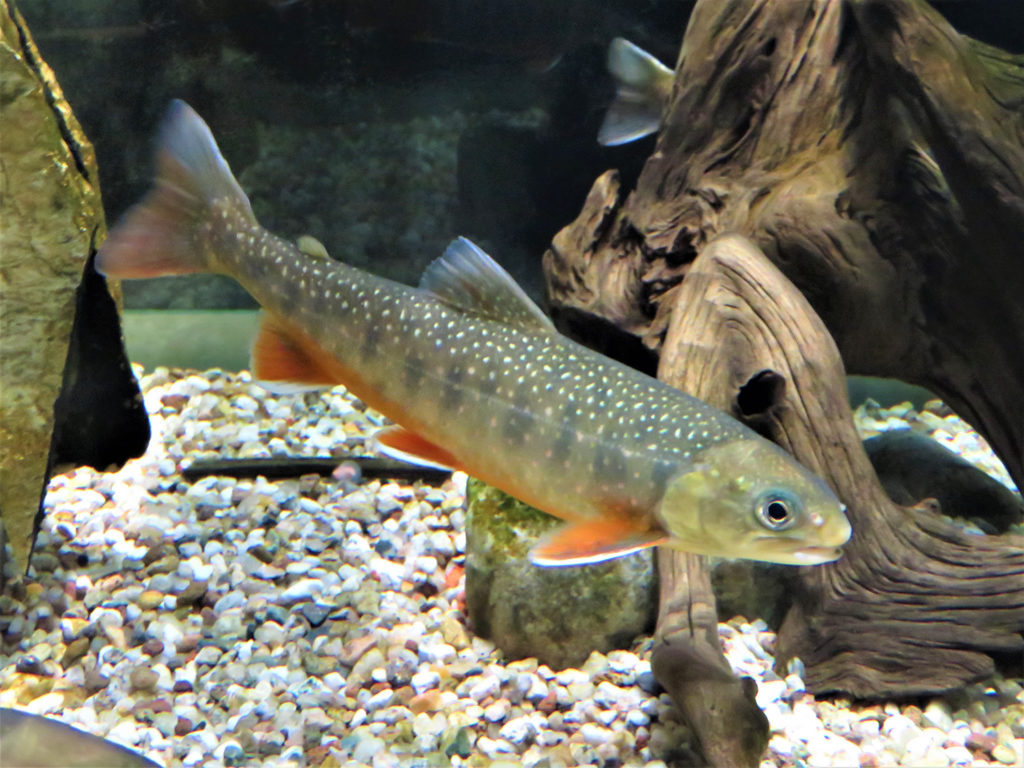
Health & Welfare
Broodstock management and early hatchery rearing of Arctic charr
Reviewing and summarizing available information on Arctic charr broodstock management, early hatchery rearing and areas of needed research.
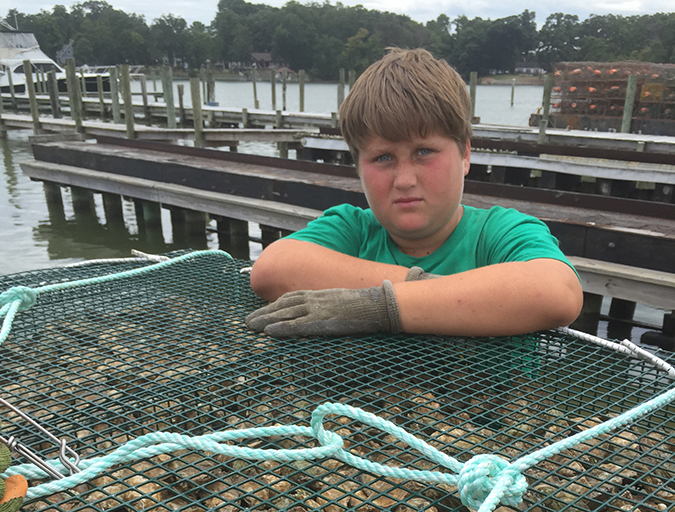
Responsibility
Ailing waterways hail the oyster’s return
The Lower Hudson Estuary and Chesapeake Bay, two waterways once home to thriving oyster beds, would welcome the shellfish’s return. Aquaculture initiatives in both areas aim to reinvigorate the water and the communities they support.
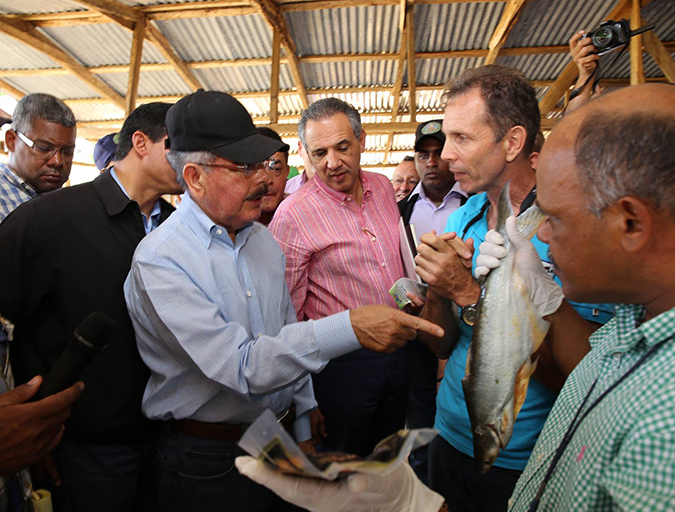
Innovation & Investment
Caribbean producer aims to make a name for sutchi
Pangasius farmed in the Dominican Republic? True story. Value Aquaculture, with partners hailing from Germany and Chile, is trying to get U.S. buyers to take a fresh look at the Mekong catfish species.
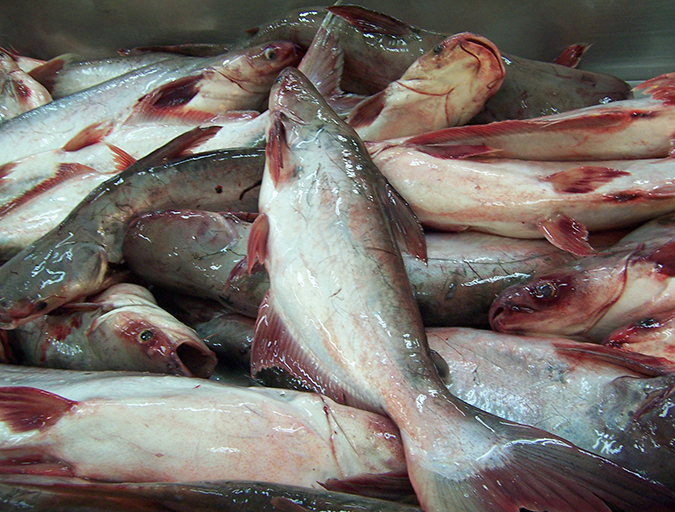
Intelligence
Risk v. hazard: A dispassionate look at pangasius
Vietnam’s pangasius industry captivated the global seafood industry, environmental organizations and the mass media. A scientific look at harmful substances detected in exported fillets and the reporting of the associated health risks through the media finds wide disparities.


